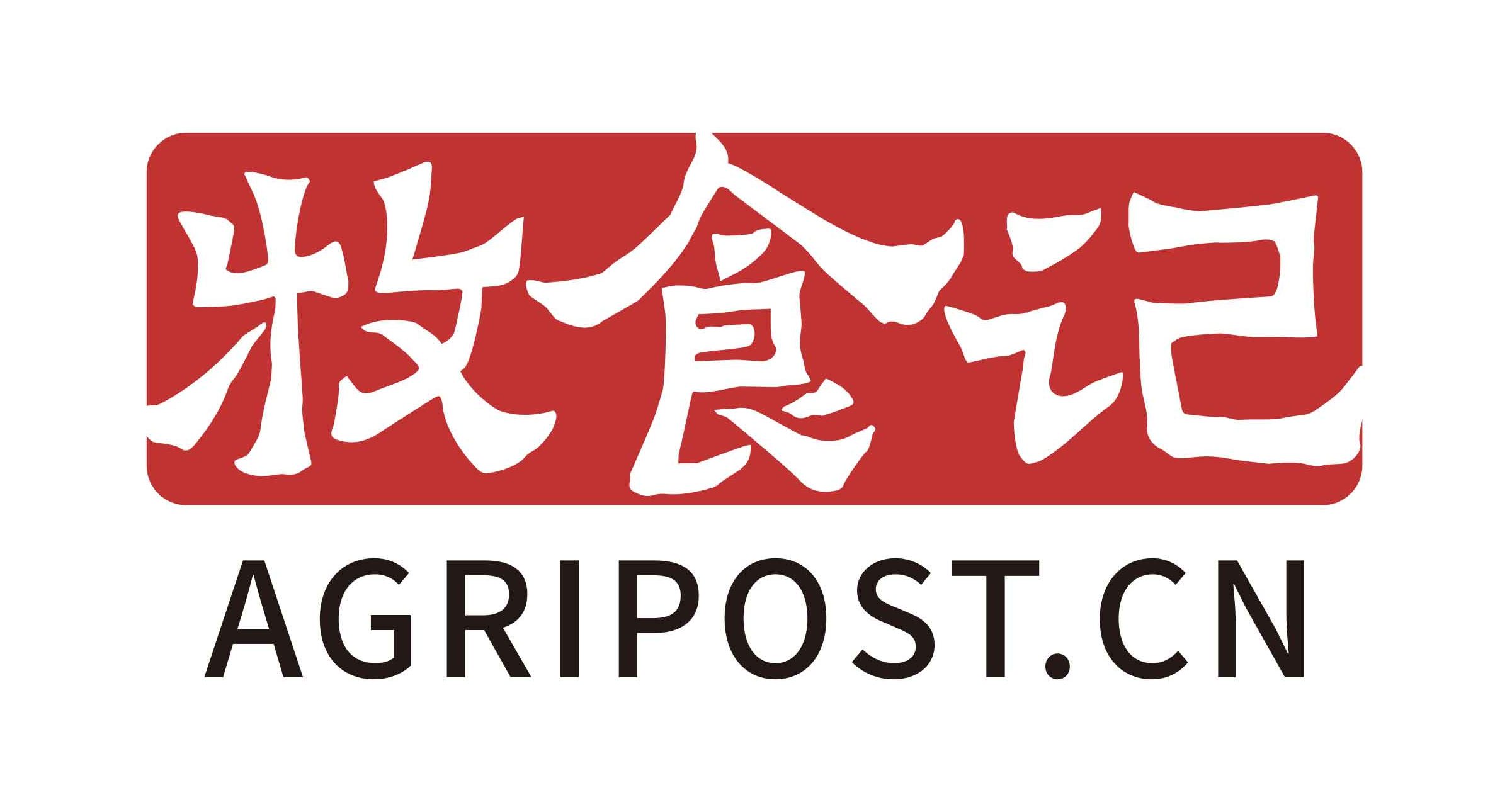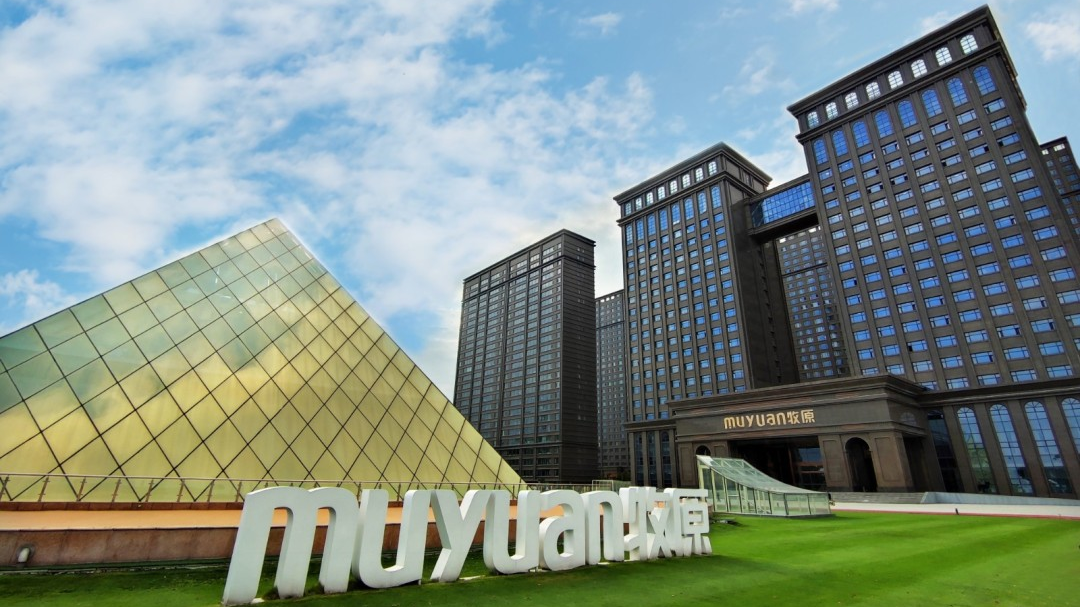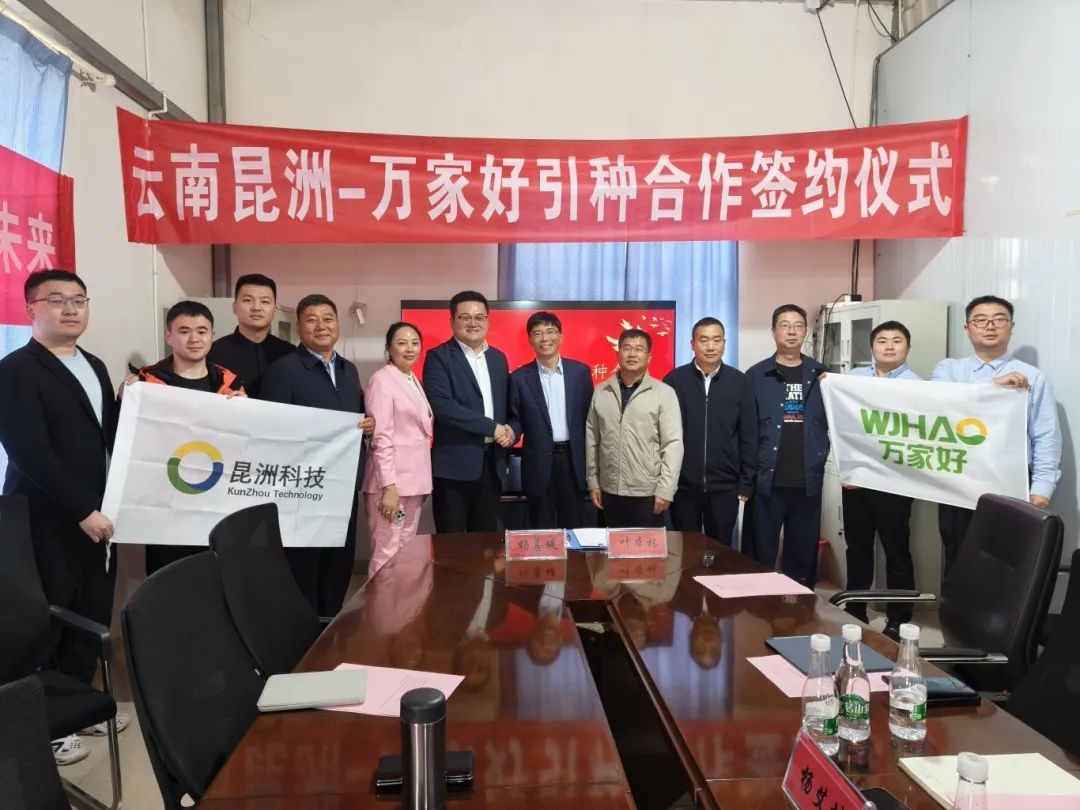Xinping Mr.Zheng, a leading figure in China’s pig industry, has developed a pioneering “Three-in-One” model that integrates animal health services, genetic breeding, and feed supply. This system—anchored by Nanxing Animal Health, Ruoxi Genetics, and Cargill Feed—demonstrates how grassroots-driven innovations can reshape China’s pork production for resilience, sustainability, and efficiency. As African swine fever and environmental regulation pressure the sector, Mr.Zheng’s model presents a replicable framework for regional pig farming ecosystems in post-crisis China.
Xinping Zheng, now a leading figure in Fujian’s pig farming industry and Chairman of the Pig Industry Branch of the Fujian Animal Husbandry Association, began his career in pig production as early as 1989. At that time, before even graduating from Fujian Agriculture and Forestry University with a degree in veterinary medicine, Mr.Zheng was assigned to intern at a newly established pig farming base under the state-owned Nanping Feed Company.Upon graduation, he officially joined the base as a full-time employee.Unlike the prevalent “company + farmer” model seen today—where farmers are typically contracted to raise pigs for fattening—the setup at the time had farmers raising breeding sows, while piglets were collected by the company and fattened centrally at its facilities. This approach allowed for both specialization and efficiency: farmers focused on sow management, while the company maintained control over the standardized growth and finishing process.
By 1993, the farm’s sow inventory exceeded 13,000. But the abrupt tightening of credit policy that year crippled the company’s cash flow, leading to the closure of the pig base. Mr.Zheng, already recognized for his competence, was transferred to the local finance committee and later the agriculture bureau.
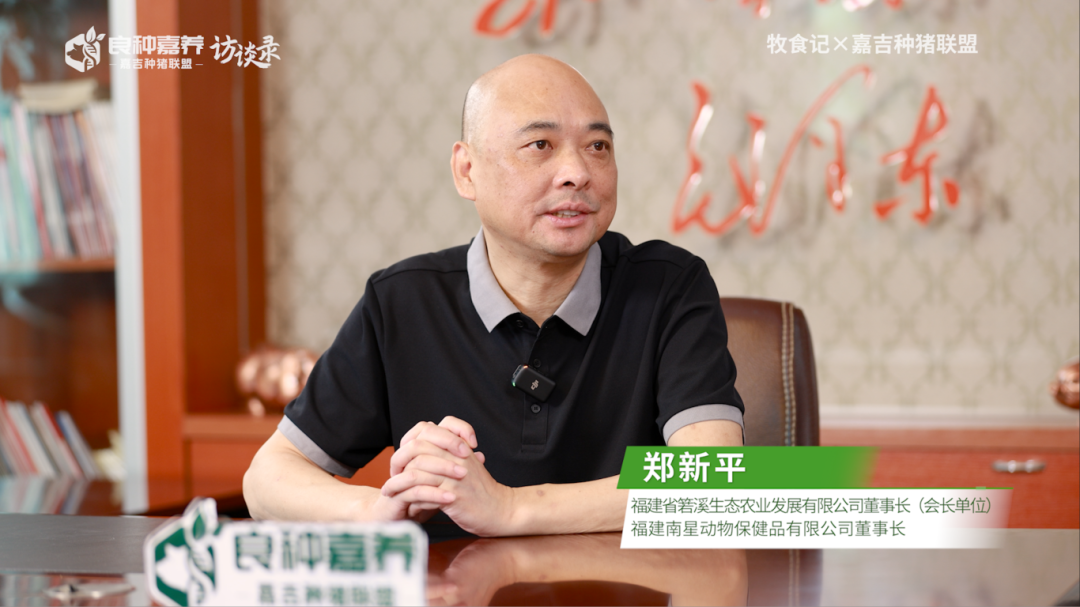
However, farmers continued raising pigs, only to discover they couldn’t sell piglets due to rampant disease and lack of standardized vaccination. Stepping into this vacuum, Mr.Zheng voluntarily organized vaccination efforts and established local veterinary supply points. His early initiative was so successful that one rural town soon accounted for half of the entire city’s animal health product sales. Locals affectionately dubbed him “Mobile Mr.Zheng.”

This outreach effort—uniting pig farming, feed production, and veterinary supply—laid the foundation for what would become the “Three-in-One” model.
The Triad System: A Holistic Pig Farming Ecosystem
That early cooperative spirit evolved into a structured model now known across China: Nanxing Animal Health – Ruoxi Genetics – Cargill Feed, representing health support, genetic improvement, and nutritional excellence. “Together, they form a regional pig farming consortium,” explains Mr.Zheng.
1. Nanxing Animal Health: Service Platform and Integrator
In 2015, Mr.Zheng resigned from public service to launch his own venture, and by early 2017, he founded Fujian Nanxing Animal Health Products Co., Ltd. From the outset, Nanxing was more than a distributor; it operated as a co-investor and manager in five pig farms, embedding its technical team into daily operations.
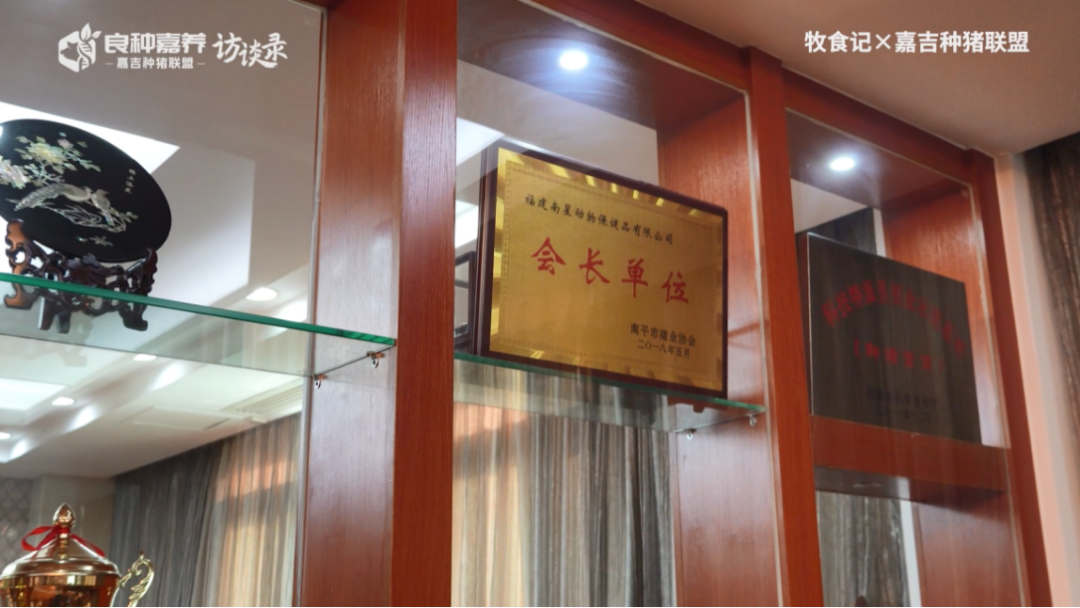
As African swine fever (ASF) swept across China starting in 2018, Nanxing doubled down on biosecurity and strategic investment. Over time, it integrated more than 20 partner farms, collectively managing around 30,000 breeding sows. Its technical team, staffing at least three core professionals per site, became a linchpin for its success.
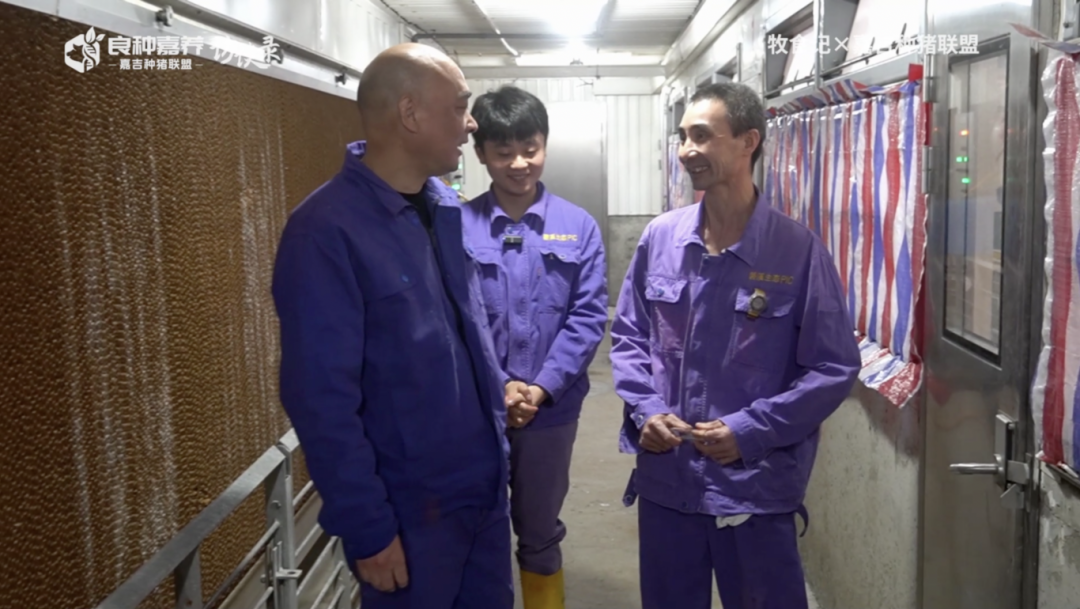
Importantly, Nanxing’s best-performing farm wasn’t the newest or most technologically advanced, but a modest 20-year-old site where frontline employees held equity shares, ensuring strong alignment and meticulous management. Production metrics in the system frequently exceeded 30 piglets per sow per year (PSY), with a top performer reaching 36.
2. Ruoxi Genetics: Strategic Investment for a Healthy Breeding Core
To stabilize its upstream supply, Nanxing established Fujian Ruoxi Ecological Agriculture Development Co., Ltd., with operations beginning in late 2021. Site selection alone took years, prioritizing biosecurity above all else. The chosen location in Shunyang Township—formerly a forested area with no nearby farms—was secured with the help of local authorities who negotiated land-use changes with over 200 households.
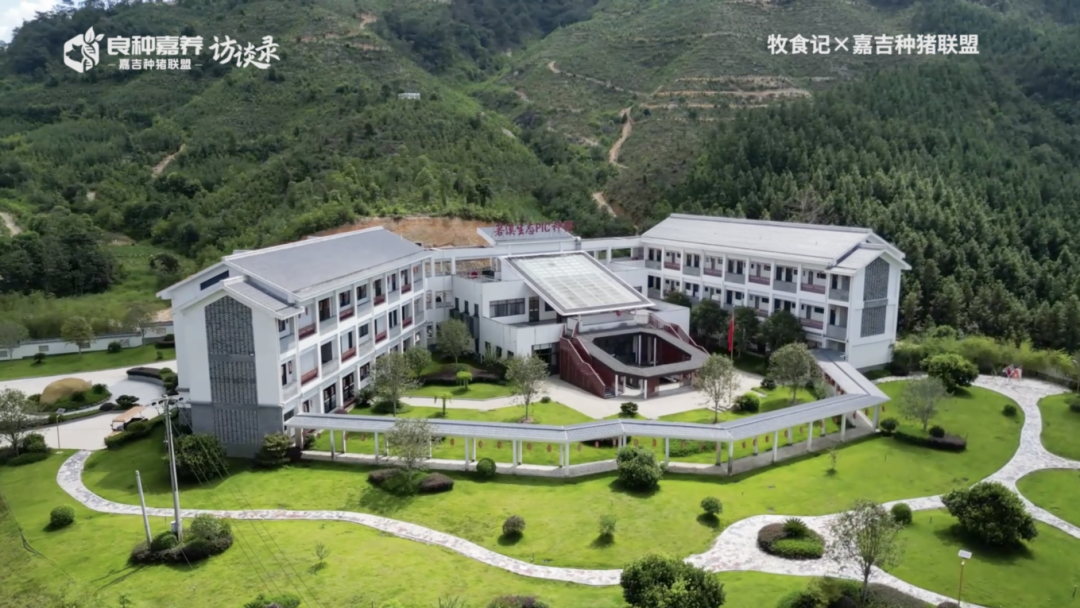
Ruoxi imported 4,500 PIC sows (grandparent and great-grandparent levels) and 300 boars. Rather than choosing popular U.S. lines favored by local slaughterhouses, Mr.Zheng prioritized PIC lines for their superior reproduction rates, growth efficiency, and feed conversion ratios, even at the cost of local market acceptance.
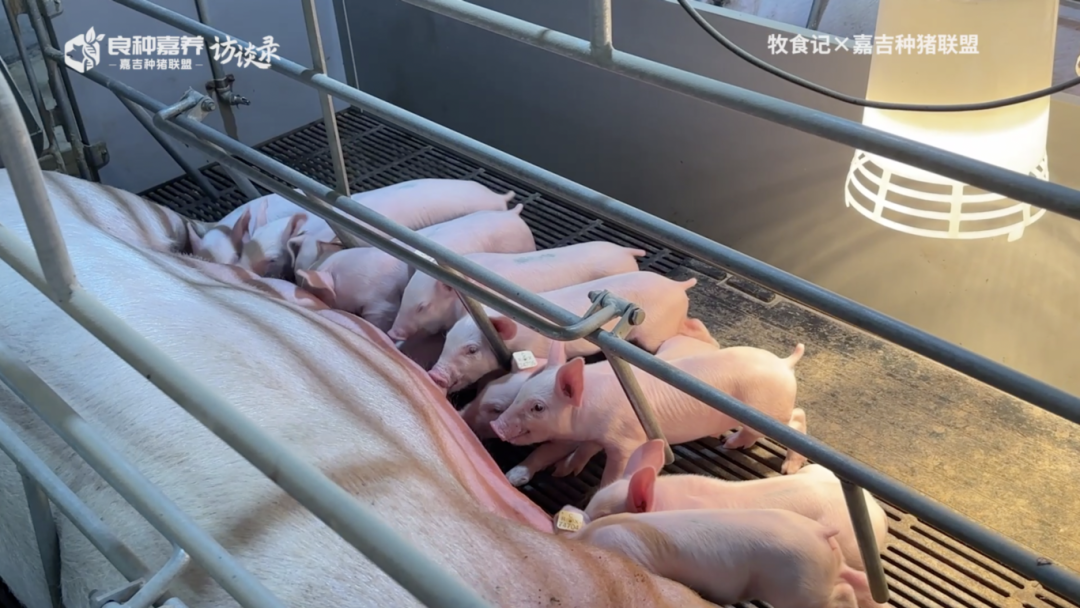
Although PIC’s stock was initially hard to sell in Fujian’s decentralized slaughterhouse market, Ruoxi found strong demand in Zhejiang and Shandong, where large-scale processors value data-driven assessment over visual traits.
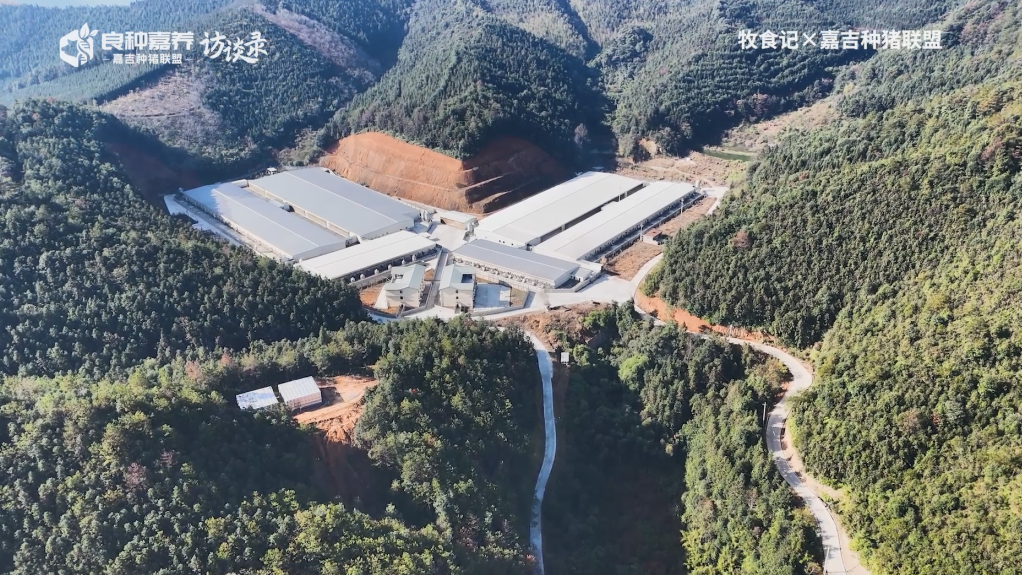
Ruoxi’s objectives are threefold: serve as a platform for genetic improvement, act as a secure core of healthy breeding stock, and function as a talent training center.
3. Cargill Feed: Innovation in Feed Manufacturing
Nanxing’s collaboration with Cargill began nearly a decade ago, initially using its premixes alongside on-site mixing. When ASF made decentralized mixing risky, Mr.Zheng entrusted Cargill to provide fully formulated feed from its certified facilities, even hauling feed over 400 km from Cargill’s Zhangzhou plant to safeguard the newly built Ruoxi farm.
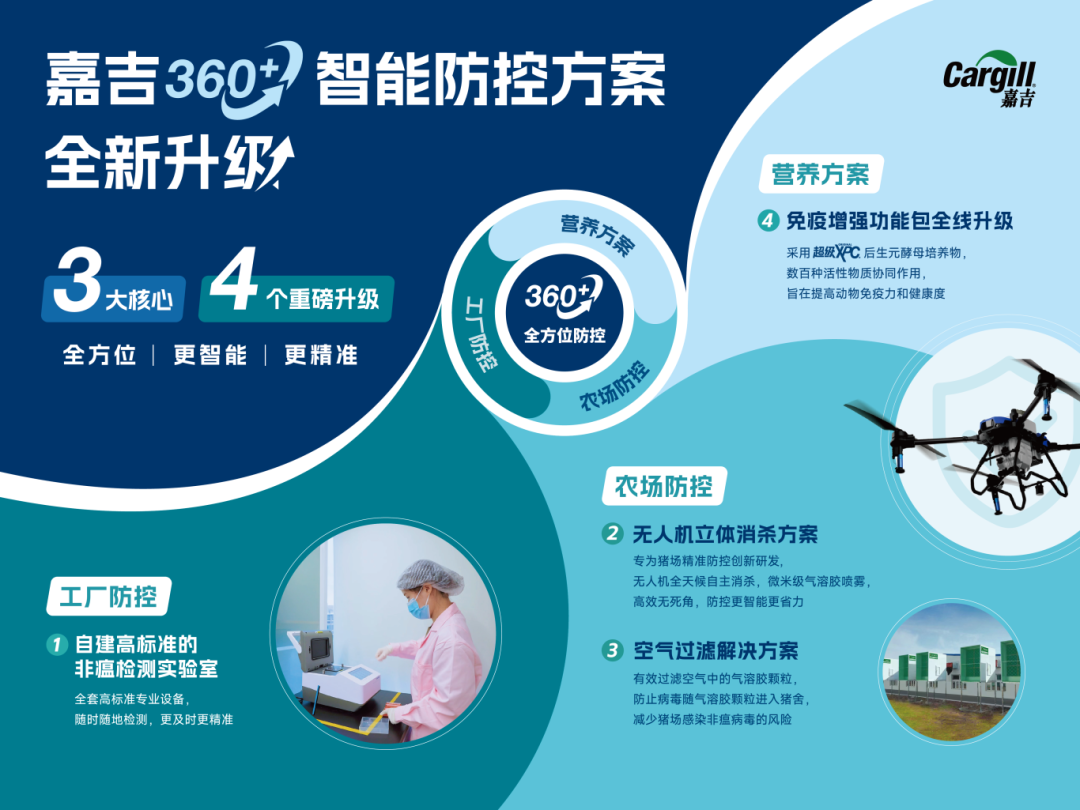
Ultimately, to reduce costs and secure supply, Nanxing invested in a dedicated 300,000-ton capacity feed plant in Nanping, designed and operated with Cargill’s full support. This facility, Cargill’s largest in China, launched in August 2023, the factory quickly ramped up to over 20,000 tons per month, 70% of which supplies farms within the Nanxing-Ruoxi system.
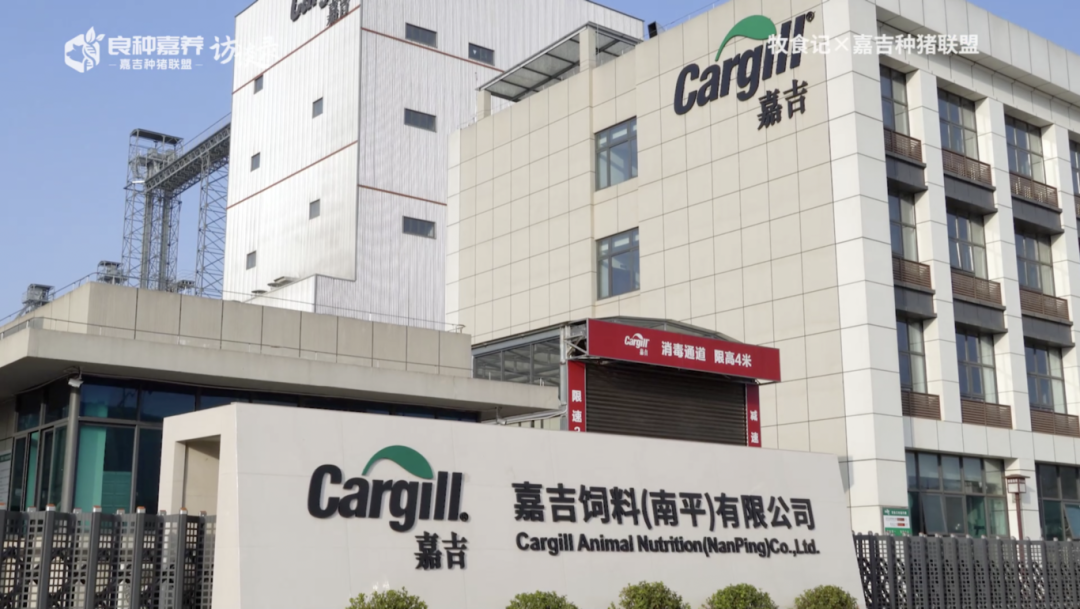
Cargill’s nutrition experts tailor formulations based on global research and local performance data. As a result, piglets from the system reach 145 kg by six months of age, sharply reducing production costs.
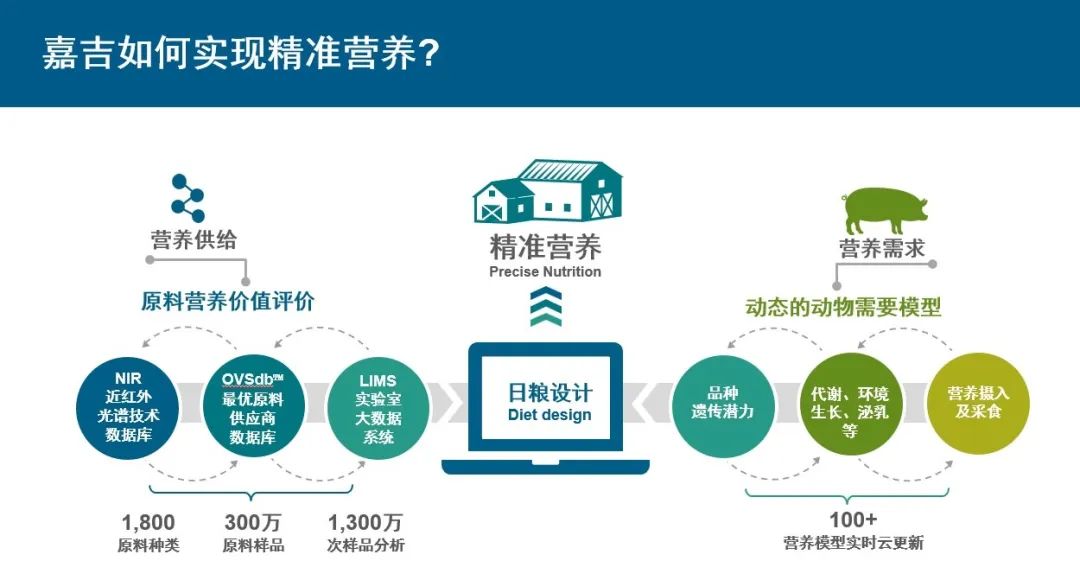
This partnership embodies a feed model that’s both localized and globally informed—leveraging Cargill’s global R&D while adapting to seasonal, market-specific needs in China. Cargill’s pig nutrition director, Taiyong Quan, lauded the collaboration as a replicable “spark” for broader transformation in China’s pig industry.

Mr.Zheng’s “Three-in-One” model—uniting health, genetics, and nutrition—offers a pathway for resilient, profitable, and welfare-conscious swine farming. As independent farms struggle in the post-ASF environment, this vertically integrated, professionally managed framework represents not only a solution to disease resilience and productivity challenges, but also a model for future consolidation and modernization across China.
As Mr.Zheng puts it, “A healthy system is not just about healthy pigs—it’s about healthy people, less stress, and shared success.”
AgriPost.CN – Your Second Brain in China’s Agri-food Industry, Empowering Global Collaborations in the Animal Protein Sector.

